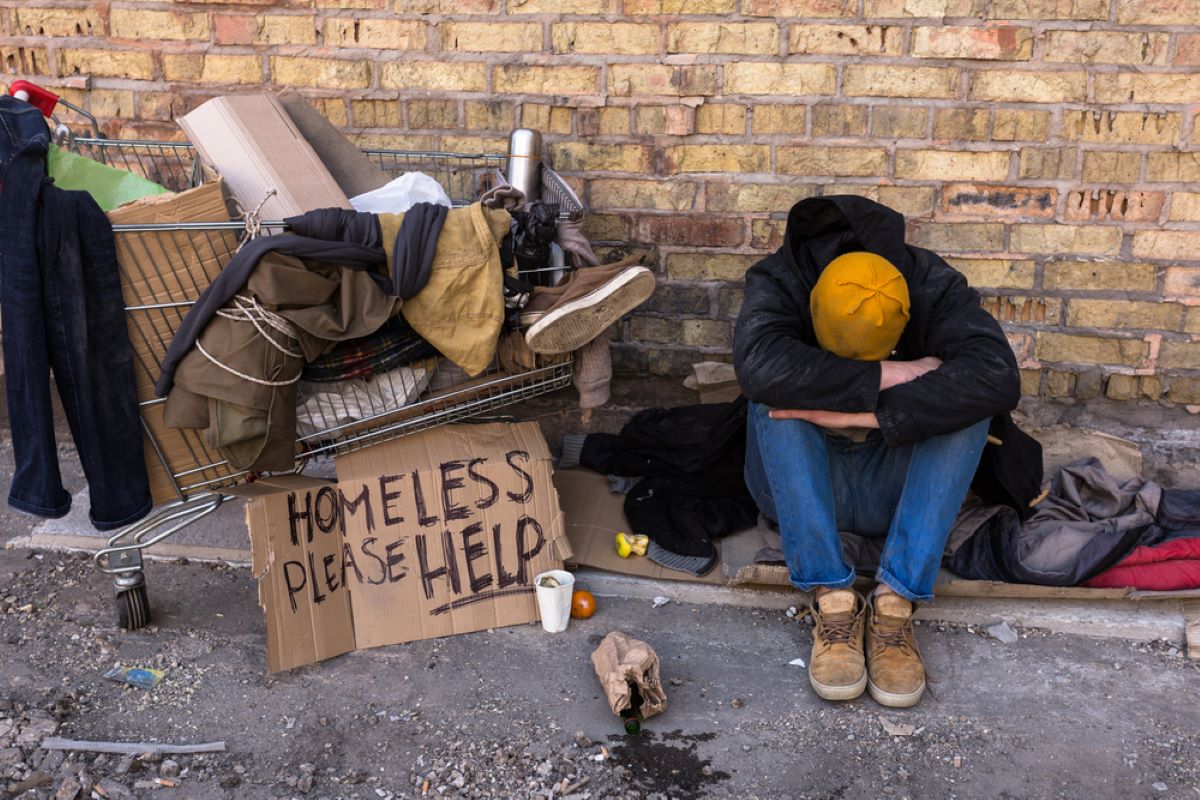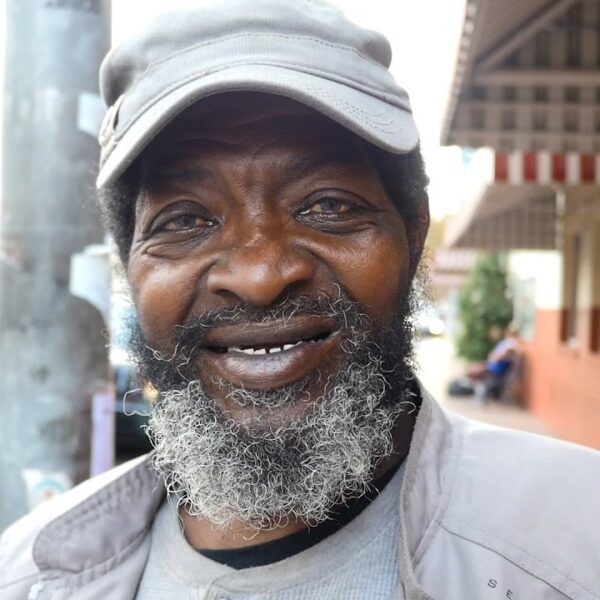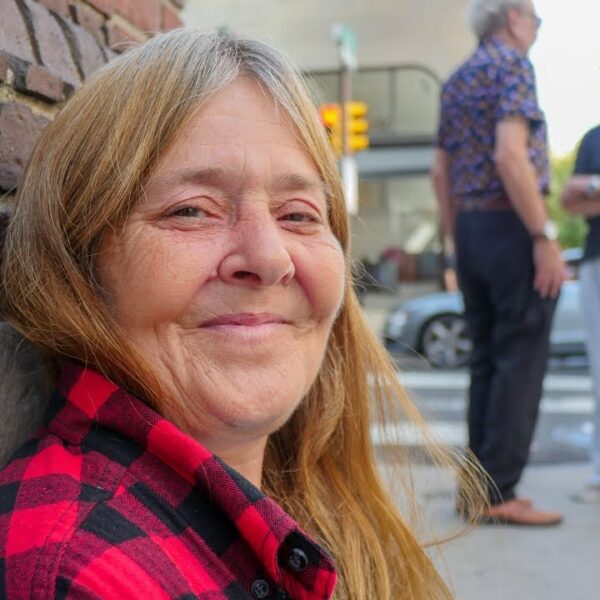“It really is unconscionable. These are all preventable diseases.”
~Bobby Watts, CEO of the National Health Care for the Homeless Council
That statement came in response to a resurgence of infectious diseases in California and Washington. Infections that seem more suited for history textbooks—typhus, trench fever, tuberculosis—are taking their toll on an at-risk homeless populations across the western seaboard.
As Mr. Watts observed, these illnesses are preventable. If that’s the case, why are they on the rise? What can be done to stem the tide?
‘Medieval’ Diseases Trending—Why?
Typhus infections in California climbed more than ten-fold over the past decade: from 13 cases in 2008 to 167 in 2018.
Trench fever, a disease first identified during World War I when it caused an epidemic that infected one million troops across Europe, has reemerged in urban areas.
Group A Streptococcal infections led to the death of two Seattle homeless residents within the first two months of 2018.
Why are diseases that seemed destined for the annals of history suddenly making a comeback?
The Atlantic made this observation: “People living on the streets or in homeless shelters are vulnerable to such outbreaks because their weakened immune systems are worsened by stress, malnutrition, and sleep deprivation.”
Comparisons between medieval conditions and modern day homeless notwithstanding, it’s worth noting that there are multiple factors at play that go beyond “crowded conditions with poor hygiene and sanitation.” People experiencing homelessness rarely have the luxury of changing clothes and are often exposed to people who carry parasites. Pre-existing health conditions also leave people more vulnerable to infection.
Even from a strictly pragmatic standpoint, this development represents a public health hazard. My elementary school teachers told us the class was a ship that would either float or sink together. Healthy societies aren’t exclusive. They’re inherently inclusive. Regardless of one’s housing situation, health is a matter that affects all of us, especially when infectious diseases are concerned.
What Can Be Done to Prevent the Spread?
After Seattle experienced a Strep A outbreak last year, the local county board of health passed a resolution. It urged a number of changes to limit the spread of infectious diseases among their local homeless communities. This included “efforts to increase toilets, hot water and hand-washing stations at the city’s six sanctioned encampments, and to bring hand-washing kits to the city’s many unsanctioned camps.” The results of these efforts have been encouraging, with camps reporting a decrease in reported illnesses.
An increasing number of homeless people are also taking matters into their own hands. Consider Jennifer Millar, a resident of a homeless camp in LA. She maintains a stockpile of trash bags and hand sanitizer. She also mixes water with hydrogen peroxide to pour on the sidewalk near her tent.
“I worry about all those diseases,” says Millar, referring to the illnesses several of her fellow campers have experienced lately.
And we should be, too.
Protecting oneself from infectious disease is (or indeed should be) a priority for everyone. This task becomes exponentially more difficult when one doesn’t have four walls and a roof. Little wonder that the average life expectancy for homeless people is almost two decades shorter than their housed counterparts.
Mr. Bobby Watts, quoted at the outset, said it’s “unconscionable” to stand by and do nothing to help our homeless brethren in the face of health threats. The solution to this issue is not closing down camps and boarding up buildings. It’s not even throwing hand-washing stations and kits at the problem.
The real solution to preventing the spread of infectious diseases is to get people off the streets and into housing, where good health can be obtained and preserved.













